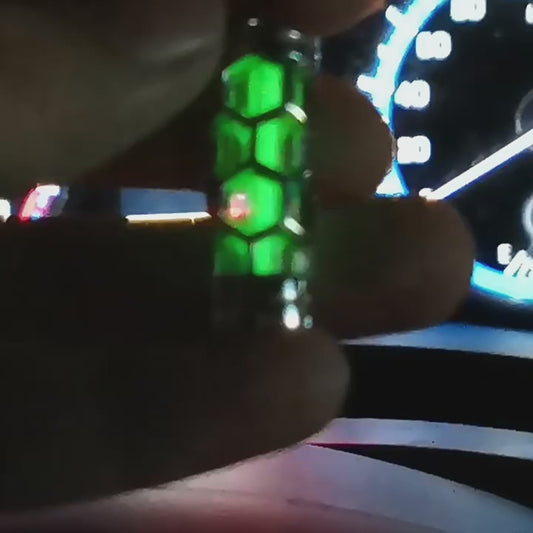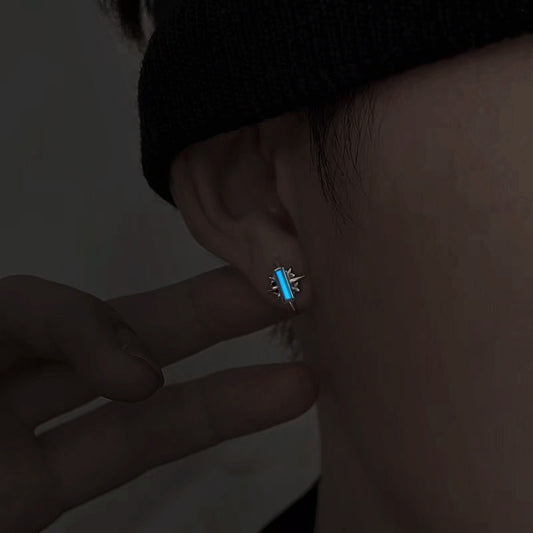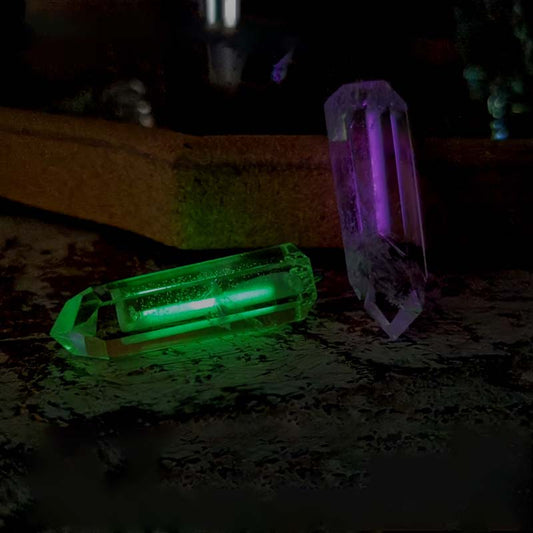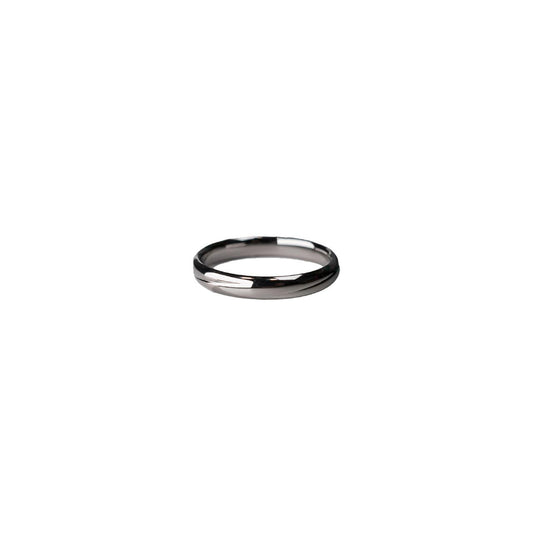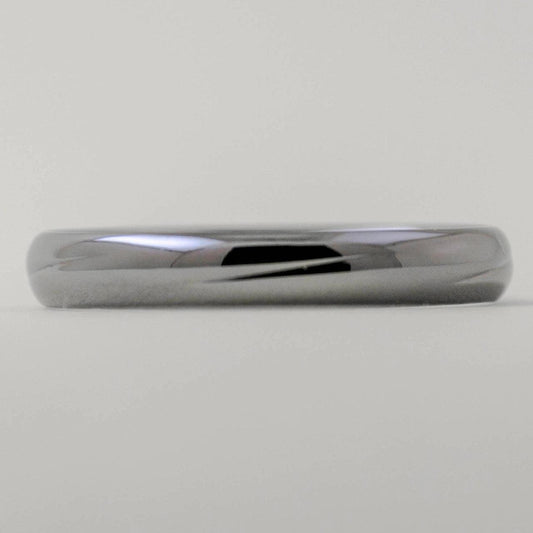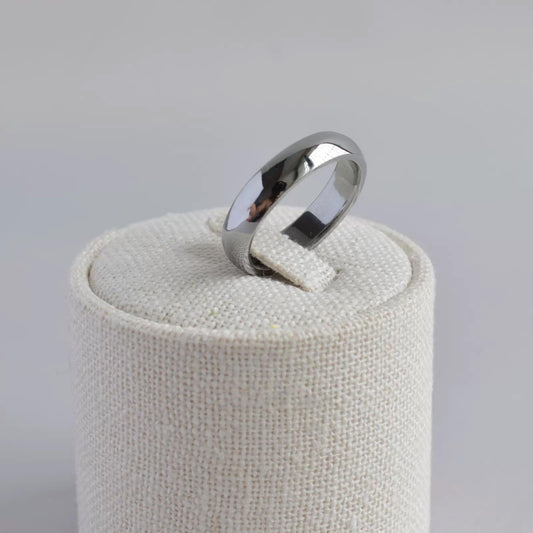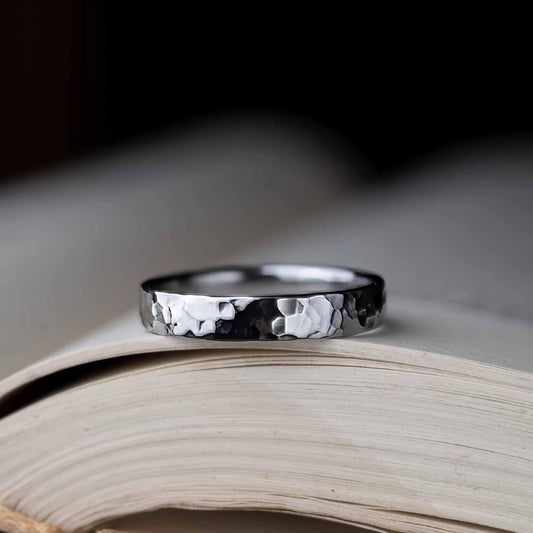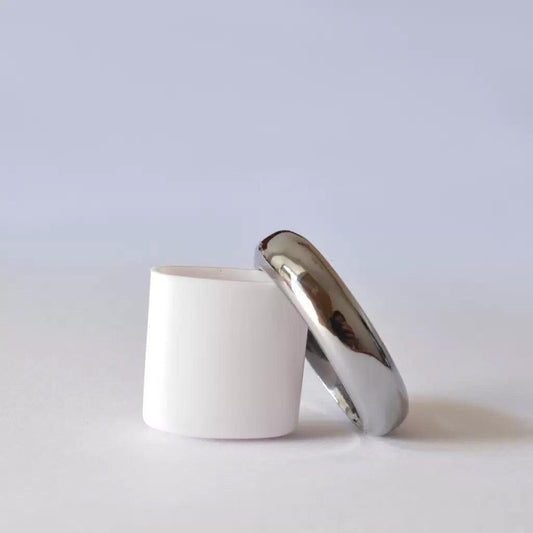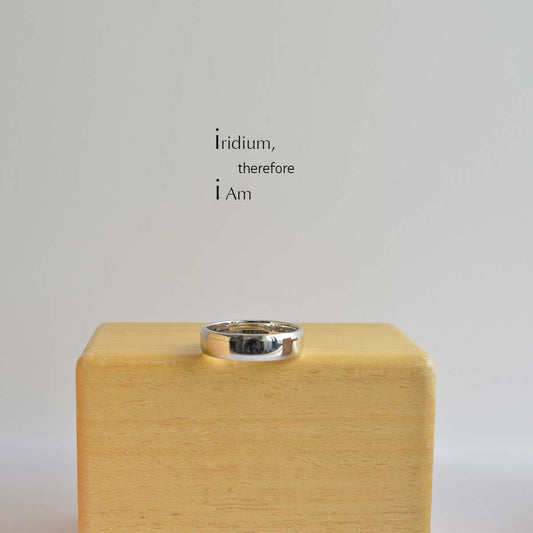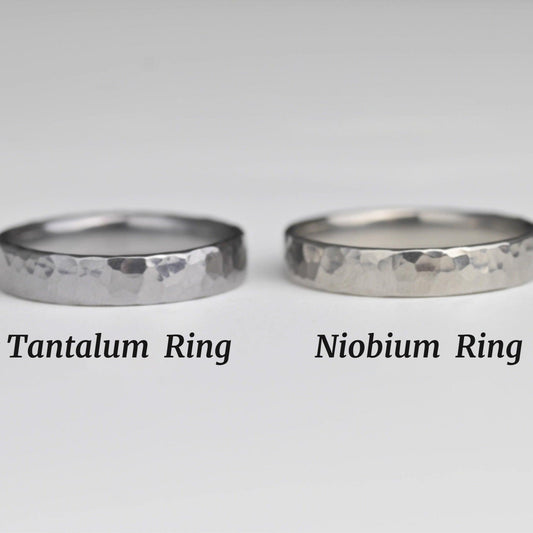Can a Diamond Break Understanding the Hardness and Fragility of the Coveted Gemstone
Can a Diamond Break Understanding the Hardness and Fragility of the Coveted Gemstone
"A diamond is forever," they say, a claim that echoes in countless jewelry store commercials and romantic proposals alike. But is it truly as indestructible as the marketing gloss suggests? The answer is a little more nuanced and perhaps slightly surprising.
Diamonds, indeed, are the hardest naturally occurring material on earth. They proudly sit at a perfect 10 on the Mohs scale of mineral hardness, making them the go-to tool for cutting through other stones. It's tempting to think of them as indestructible, considering the countless myths surrounding them. I remember my grandmother clutching her diamond ring, asserting it was unbreakable even as she tapped it on the granite countertop—a family lore passed down like a cherished recipe.
However, there is a difference between hardness and toughness, a distinction vital to understanding whether diamonds can break. While diamonds are incredibly hard to scratch, they can be surprisingly vulnerable to breakage. This is due to their crystal structure, which, though robust, has planes called "cleavage." If struck at a precise angle on these planes, a diamond can indeed chip or even break. Think of a frozen lake that appears sturdy; a force applied at just the right spot can crack it, creating a fault line across its icy surface.
There's a story often shared among geologists about a mountaineering expedition where a climber used a diamond-tipped tool to break through rocky terrain. Ironically, a misjudged swing led to the diamond tip fracturing instead. This supports the idea that while diamonds withstand great pressure, their Achilles' heel lies in blunt force applied at the right—and wrong—angles.
Moreover, diamonds that are set in rings or pendants endure other risks. Everyday wear can subtly weaken their settings, adding stress points. This isn't to say you’ll find your engagement ring in pieces after a year, but being conscious of how you handle such jewelry is wise. It’s a gentle reminder that even our most valued treasures need some tender, loving care.
Culturally, the diamond has become a symbol of unyielding strength and resilience. Even so, understanding their physical properties adds a layer of respect for the stone. It’s a bit like knowing that your superhero idol also has a human side—adding rather than detracting from their allure.
So, while your diamond might not be the eternal warrior of indestructibility as the ads claim, it doesn't make it any less remarkable. Next time you admire a diamond’s sparkle, consider the delicate balance it represents, a union of strength and fragility. It's a reminder that nothing is perfect, which, in its own way, makes diamonds—and life—all the more beautiful.


